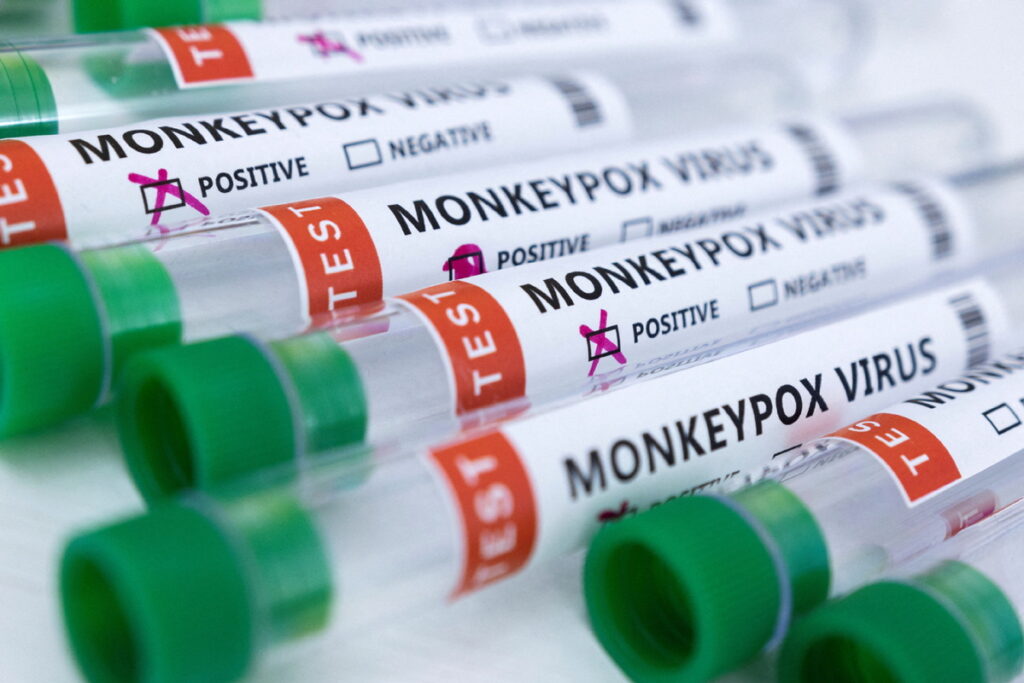In a rapidly globalizing world, infectious diseases have the potential to spread beyond borders, leading to significant public health crises. The recent resurgence of Mpox, formerly known as monkeypox, has raised global concerns, prompting the World Health Organization (WHO) to declare it a Public Health Emergency of International Concern (PHEIC). With this backdrop, India has taken proactive steps to ensure preparedness, even though no cases have been reported in the country as of now. This blog delves into the details of the current Mpox situation, its global impact, and the measures India is taking to mitigate the risk.

Understanding Mpox: A Re-emerging Threat
Mpox is a viral disease similar to smallpox but generally milder and less fatal. It primarily occurs in the tropical rainforests of Central and West Africa. The disease is caused by the Mpox virus, which belongs to the same family of viruses as smallpox. The two distinct clades (or strains) of Mpox are Clade I, which is more contagious and severe, and Clade II, which caused the global outbreak in 2022.
The resurgence of Mpox has been alarming, particularly due to the spread of Clade I, a more contagious strain. This strain has been endemic to Central Africa, but its appearance in countries like Sweden has triggered global health concerns. The WHO’s declaration of a global health emergency underscores the seriousness of this outbreak.
Global Impact: A Closer Look at the Outbreak
Since the WHO declared Mpox a PHEIC, there have been significant developments worldwide. The Democratic Republic of Congo (DRC) has been particularly hard-hit, with 15,600 cases and 537 deaths reported in 2024 alone. The situation in DRC is dire, as the disease has predominantly affected children under 15, accounting for over 70% of cases and 85% of deaths.
In Europe, the first case of the more contagious Clade I strain was reported in Sweden, marking the virus’s spread beyond Africa. The European Center for Disease Prevention and Control (ECDC) has raised the risk level from “very low” to “low,” highlighting the potential for further spread due to frequent travel between Europe and Africa. Countries like Italy, Britain, and Sweden have issued public health warnings and prepared strategies to deal with potential outbreaks.
In the United States, the Centers for Disease Control and Prevention (CDC) have issued a health advisory, noting that while the risk of a large outbreak is low, there is a need for heightened vigilance, especially among healthcare providers and travelers from affected regions.

India’s Response: Proactive Measures and Preparedness
India, despite not having reported any cases of Mpox in 2024, has ramped up its surveillance and preparedness efforts. On August 12, 2024, the National Centre for Disease Control (NCDC) convened a meeting of experts to assess the risk and update the Communicable Disease Alert on Mpox. This update incorporates the latest developments and insights into the disease.
A high-level meeting chaired by Prime Minister’s Principal Secretary P K Mishra on August 18, 2024, further underscored India’s commitment to staying ahead of the curve. During this meeting, it was emphasized that while the risk of a large outbreak in India is currently low, the country must remain vigilant. Surveillance at international airports and other points of entry has been intensified to ensure prompt detection of any potential cases.
Enhancing Surveillance and Laboratory Capacity
One of the critical directives from the high-level meeting was to enhance surveillance across the country. The Integrated Disease Surveillance Programme (IDSP) units at the state level and at ports of entry have been sensitized to the importance of early detection and reporting of Mpox cases. Additionally, a video conference was held with over 200 participants, including state health authorities, to further strengthen these efforts.
India’s laboratory capacity for Mpox testing has also been bolstered, with 32 laboratories currently equipped to conduct tests. Mishra stressed the need for these laboratories to be ready for early diagnosis, a crucial factor in preventing the spread of the disease.

Public Awareness and Healthcare Provider Education
Another key focus of India’s preparedness strategy is the dissemination of information about Mpox. Mishra emphasized the importance of an awareness campaign targeting healthcare providers. This campaign aims to educate them about the signs and symptoms of Mpox, the need for timely notification to the surveillance system, and the protocols for prevention and treatment.
This is particularly important given the nature of Mpox transmission. The virus spreads through prolonged and close contact with an infected person, making early detection and isolation of cases critical in preventing outbreaks. By ensuring that healthcare providers are well-informed, India can significantly reduce the risk of a potential outbreak.
Global Cooperation and the Way Forward
The resurgence of Mpox, particularly the spread of the more contagious Clade I strain, highlights the need for global cooperation in managing infectious diseases. Countries around the world are ramping up their preparedness efforts, and India’s proactive approach is a testament to its commitment to public health.
While the risk of a large outbreak in India remains low, the country is not taking any chances. Enhanced surveillance, increased laboratory capacity, and comprehensive public awareness campaigns are key components of India’s strategy to prevent the spread of Mpox.
The current situation serves as a reminder of the importance of vigilance in the face of emerging infectious diseases. As the global community continues to monitor and respond to the Mpox outbreak, India stands ready to protect its population through swift and effective public health measures.





